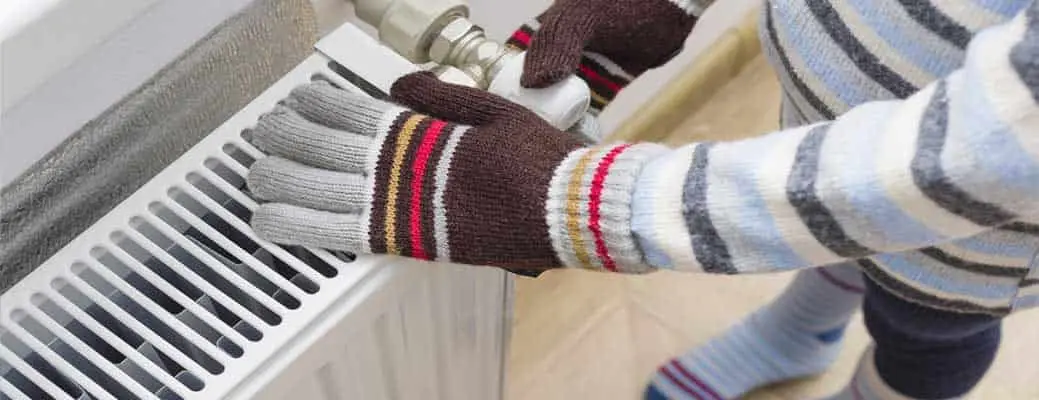7 Energy Saving Tips for Winter


Do you dread opening your electric bill during the winter months? When temperatures fall outside, your inclination might be to turn up the thermostat to tropical temperatures and forget about the snow falling a few feet away. But making your home feel like the beach can wreak havoc on your energy bills.
How do you save on an electric bill in winter? There are ways to beat the chilly temperatures with these winter energy saving tips that can help you stay within your personal budget. Here are some energy-saving tips for lowering your winter electric bill.
Start saving money by saving energy in winter. During the cold months, wear a warm sweater and socks instead of turning up the thermostat. By keeping your temperature setting a few degrees cooler when it’s cold outside, you will optimize the efficiency of your furnace. A smart thermostat can help you set a schedule to keep the temperature cooler during the day when no one is home and overnight when you are in bed. According to the Department of Energy, turning your thermostat down 7 to 10 degrees Fahrenheit for 8 hours a day could save you as much as 10% each year on your energy bills.
You may not be an HVAC professional, but there are simple things you can do to make your furnace run more efficiently. You’ll save energy in winter if you change the air filters at the start of each heating season. Don’t forget to dust around the unit regularly. For maximum energy efficiency, it’s also helpful to have your furnace tuned up by a professional once a year.
You have two types of vents in your home: supply and return air vents. Both are crucial for maintaining optimal temps in your home. If your vents are covered, your furnace will work overtime to deliver warm air and whisk away cooler air, and your electric bill will rise as a result. Give your furnace (and utility bills) a break by not covering your heating vents.
While you’re being mindful about airflow, be sure to reverse all ceiling fans throughout the house. To save on heating costs, make sure the ceiling fan blades move clockwise during the colder months to force the warm air trapped up at the ceiling down to the living areas where you really need it. The added heat will help you save energy and lower your heating bill in winter.
Weather stripping is a simple, affordable way to lower your electric bill in winter. If you can see light around a door, that means it’s not fully sealed. The common weather-stripping tape found at any hardware store provides an easy do-it-yourself solution. If you can feel air flowing around a window, running a bead of caulk around the edges can provide a tight seal and save on heating costs.
Hold your hand in front of a window on a cold day — do you feel a breeze? If so, your energy costs could be literally going right out the window. Inefficient windows can be expensive to replace, but you can create a solution by adding plastic sheeting to windows. This will increase insulation, reduce drafts and keep your home warmer this winter.
Additionally, look at your curtains. Consider buying window treatments that have a heavy lining that keeps the drafts to a minimum. This will help maintain the heat that your furnace produces and help you lower your energy bills.
A fire can make your home feel warm and cozy, but when it’s not in use, a fireplace can be the source of a lot of heat loss. When you aren’t using your fireplace, keep the damper closed. Before the first fire of the season, check seals and make sure everything is as snug as possible. When you have a fire going, lower your furnace temperature by 10–20 degrees so your furnace isn’t doing double duty.
In every season, small discounts can add up to big savings. So if you are looking for other ways to save, talk to your Farm Bureau agent about discounts you may be eligible for.